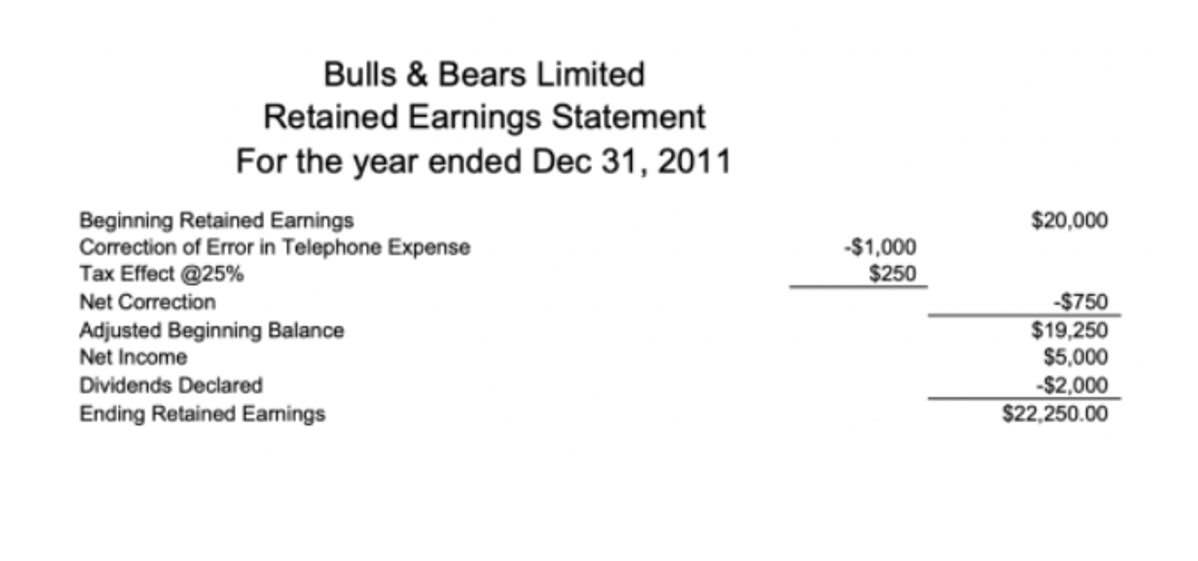
Examples of businesses using the cost of sales are business consultants, attorneys, and doctors. Multi-step profit and loss statements are a little more complicated. Instead of listing COGS as an expense, these types of statements deduct COGS directly from sales revenue to calculate the business’s gross profit.
Compare the best bookkeeping software for small businesses
- Instead, your direct costs are any expenses related directly to your service.
- On most income statements, cost of goods sold appears beneath sales revenue and before gross profits.
- The terms ‘profit and loss account’ (GAAP) and ‘income statement’ (FRS) should reflect the COGS data.
- Service-based businesses might refer to cost of goods sold as cost of sales or cost of revenues.
- By subtracting the annual cost of goods sold from your annual revenue, you can determine your annual profits.
When inventory is artificially inflated, COGS will be under-reported which, in turn, will lead to a higher-than-actual gross profit margin, and hence, an inflated net income. LIFO cost of goods sold is where the latest goods added to the inventory are sold first. During periods of rising prices, goods with higher costs are sold first, leading to a higher COGS amount.
Example #1 (using the simple formula)
Sole proprietors and single-owner LLCs calculate and report their business taxes on Schedule C. The cost of goods sold calculation is in Part III. This calculation is added to other expenses and income to get a net income (taxable income) for the business. This amount is included with other business income on Line 12 of Schedule 1 of your 1040. The cost of goods sold is calculated in a separate section of your business tax return, not in the list of expenses. It’s deducted from your company’s gross receipts to figure a gross profit for the year.
Cost of Goods Sold (COGS) Explained With Methods to Calculate It
- There are also some cases that businesses, specifically service companies, do not have COGS and inventories, thus, no COGS are displayed on their respective income statements.
- This deduction is available for businesses that produce or purchase goods for sale.
- Any additional productions or purchases made by a manufacturing or retail company are added to the beginning inventory.
- This is especially important if you are using a lot of raw materials in your production process.
The final number will shed light on the costs directly related to acquiring the merchandise sold during an accounting period. Once these expenses are removed from gross profit, this will yield the company’s income before taxes. After deducting the income tax expenses, we will finally have the company’s net income.
- To make the calculation more sense, the average cost of inventories should be calculated based on their type.
- Throughout Year 1, the retailer purchases $10 million in additional inventory and fails to sell $5 million in inventory.
- For instance, the “Cost of Direct Labor” is recognized as COGS for service-oriented industries where the production of the company’s goods sold is directly related to labor.
- This new figure is called the cost of goods available for sale (beginning inventory plus purchases).
- However, some items’ cost may not be easily identified or may be too closely intermingled, such as when making bulk batches of items.
- All of our content is based on objective analysis, and the opinions are our own.
It helps you set prices, determine if you need to change suppliers, and identify profit loss margins. But it also helps determine how efficiently you are running your business. These are all questions where the answer is determined by accurately assessing your COGS. Companies that make and sell products or buy and resell goods must calculate COGS to write off the expense.
Cost of Goods Sold Formula
The assumption is that the result, which represents costs no longer located in the warehouse, must be related to goods that were sold. Actually, this cost derivation also includes inventory that was scrapped, or declared obsolete and removed from stock, or inventory that was stolen. Thus, the calculation tends to assign too many expenses to goods that were sold, and which were actually costs that relate more to the current period. When accounting for the cost of goods sold, the main issue is the order in which inventory items are sold. This is important when individual inventory items have different costs. For example, a business has 10 widgets in stock, of which five cost $10 and the other five cost $20.

What is not included in COGS?
